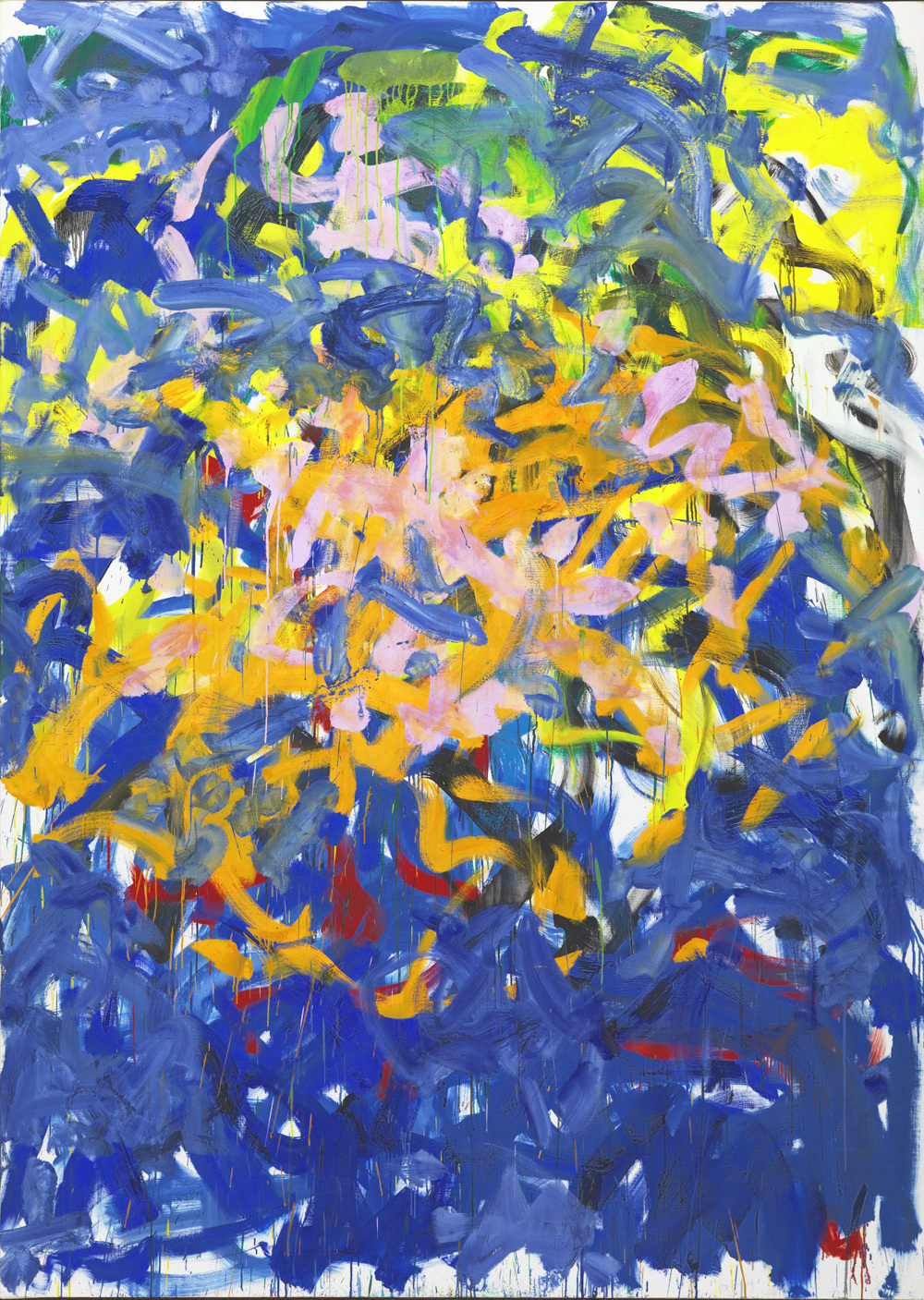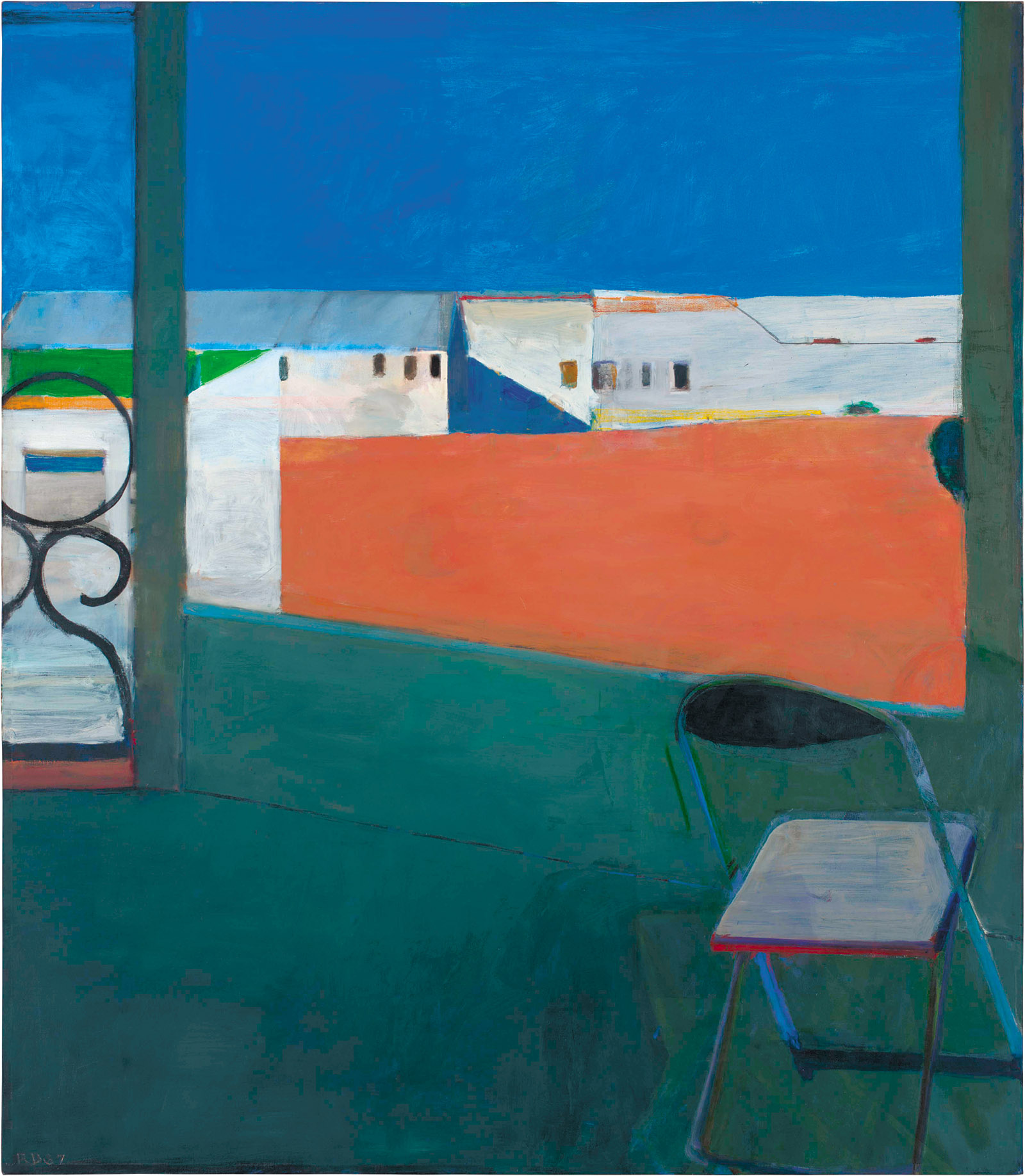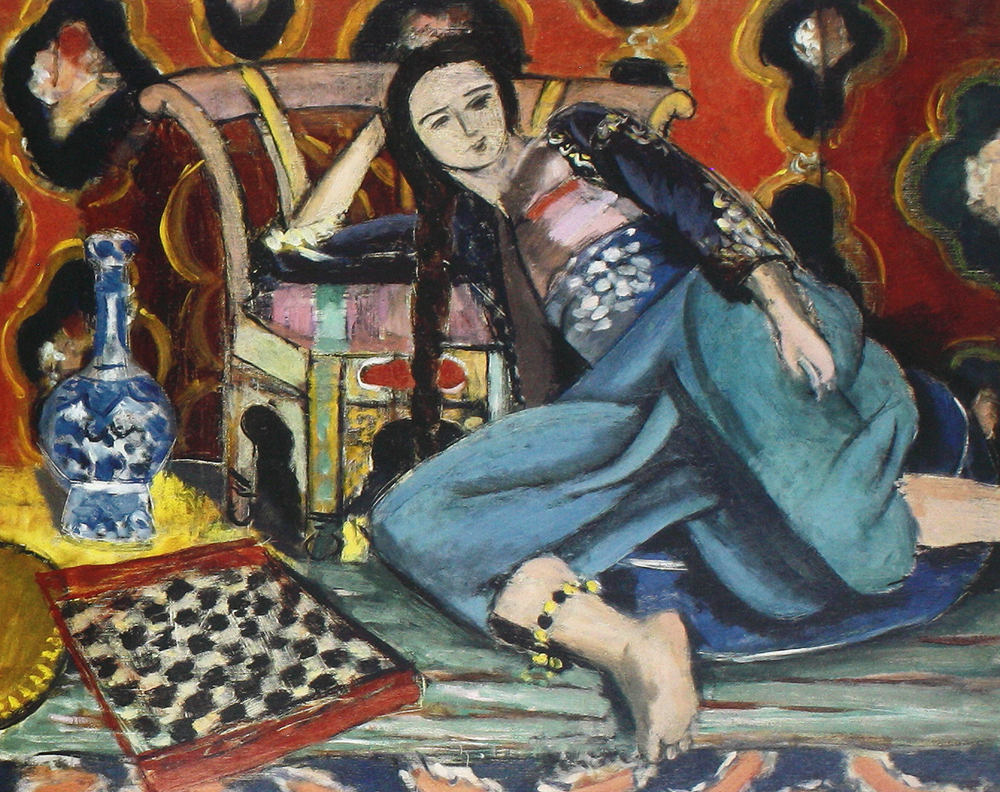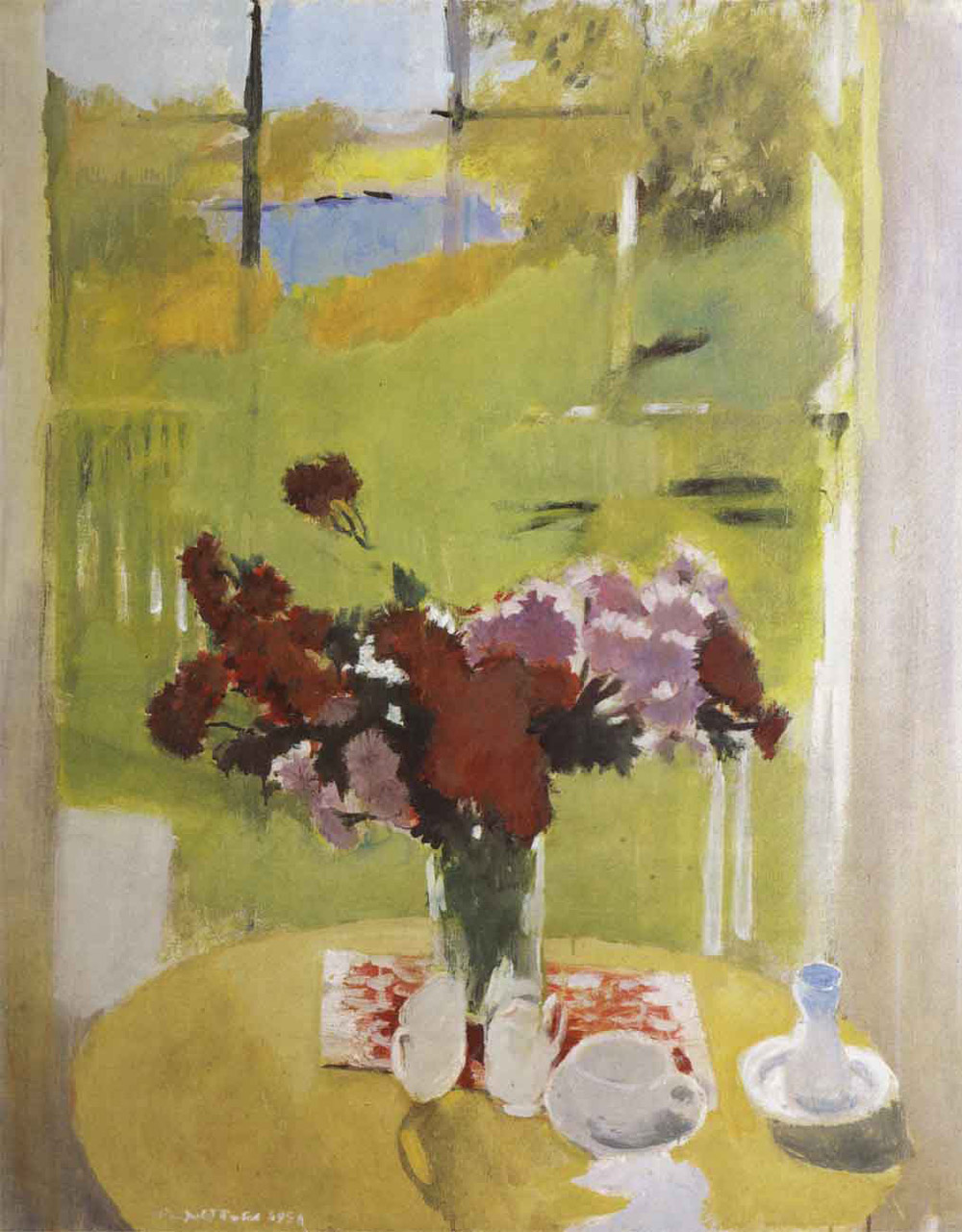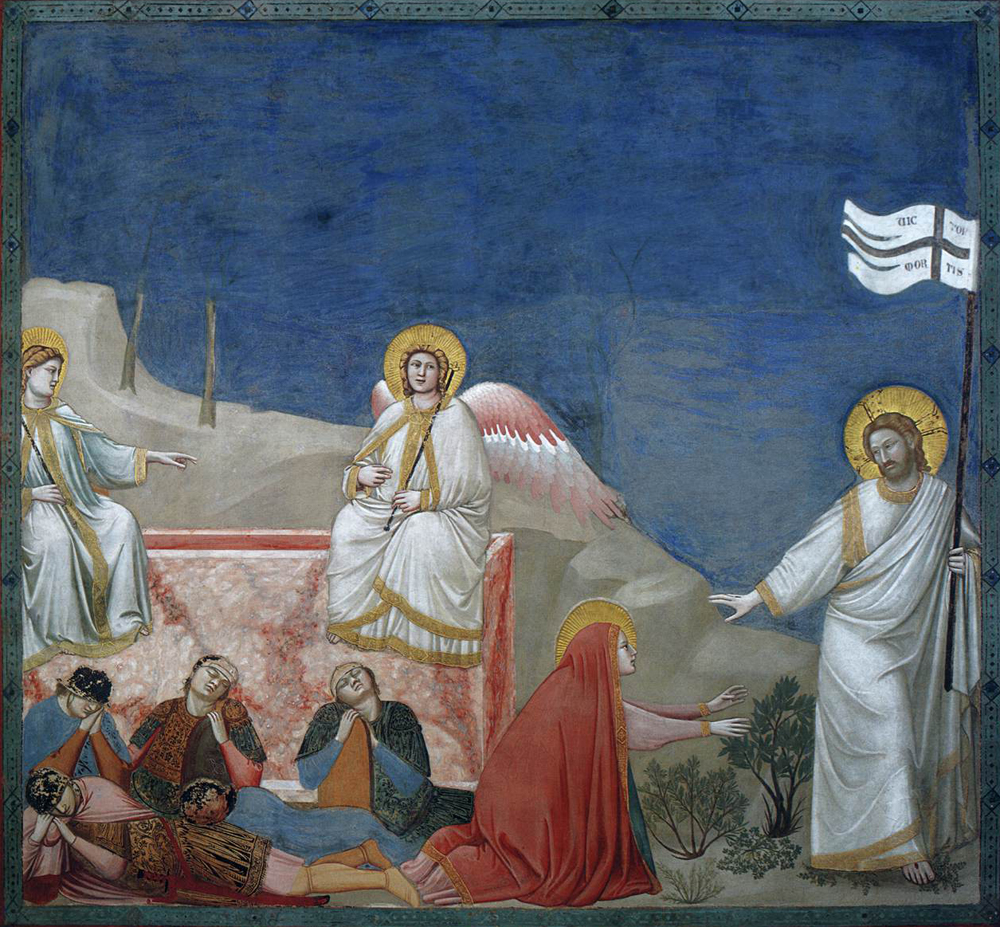The Living Dead
The Louvre is a morgue; you go there to identify your friends. Jean Cocteau
Edgar Degas, “Women Visiting a Museum” (detail) oil on linen
When I go to Paris, I always do the same three things on my first day: take a long walk along the Seine; stroll through the Luxembourg Gardens; then sit in a café, people-watching and sketching while I enjoy lunch and a glass of wine.
Susan Abbott, “Paris Sketchbook”, pen and watercolor in Holbein sketchbook
On the morning of day two, it's time to get myself over to the Louvre. I have a standing invitation there in the French Wing to visit my old friend Jean-Baptiste-Camille Corot.
Jean-Baptiste-Camille Corot, “The Bridge at Narni”, oil on canvas
I've known Corot since I was twenty, when we began meeting in the National Gallery in Washington, D.C. for long tête-à-têtes. We became very close during those sessions together.
True, he'd been dead for a century and a half, but how could we not feel a strong connection, given what we were doing there? Standing for hours at the museum with Corot, copying his painting, color by color and brushstroke by brushstroke--we couldn't help but get intimate.
Susan Abbott, Copy of Corot’s ‘Repose’, oil on linen
Artists have a peculiar relationship with the dead. Long-gone painters, writers, and composers are still vividly, vibrantly present in our minds as we work on our own painting, writing, and composing. Sometimes they even feel closer to us than our living peers.
That's true for me. Dead artists have been my heroes, my companions, and my teachers. Giotto, Degas, Matisse, and Cezanne are in my personal pantheon, as are the more recently alive Edward Hopper, Fairfield Porter, Joan Mitchell, and Richard Diebenkorn. They're with me everyday in my studio, talking to me about their painting.
They tell me how they mixed that beautiful grey, why they made this shape so light and that one so dark, where they got that idea that seems as if it came out of thin air. I have very little that I can tell them in return--but that's o.k., they're generous with their help, and I love to listen.
Odilon Redon, “Dante and Beatrice”, pastel
These relationships among artists, living and dead, happen because art is not about time, and it isn't about backwards or forwards, or about a worst past, or better future.
Anonymous cave art
Art is a continuum that spans from the first Neanderthal who scratched on a cave wall, to the great artists of Florence, Paris and New York, and then on to the young painter working alone in her room right now, anywhere in the world.
Susanne Mitchell, “Waiting for the Silence of the Ordinary”, oil on canvas
Art is living history, a long chain that swings sideways, always adding new links and creating new connections.
If you join that chain, the dead will come alive, to talk and to teach you, too. And maybe, someday, you'll do the same for someone else.
Your comments are welcome below!




